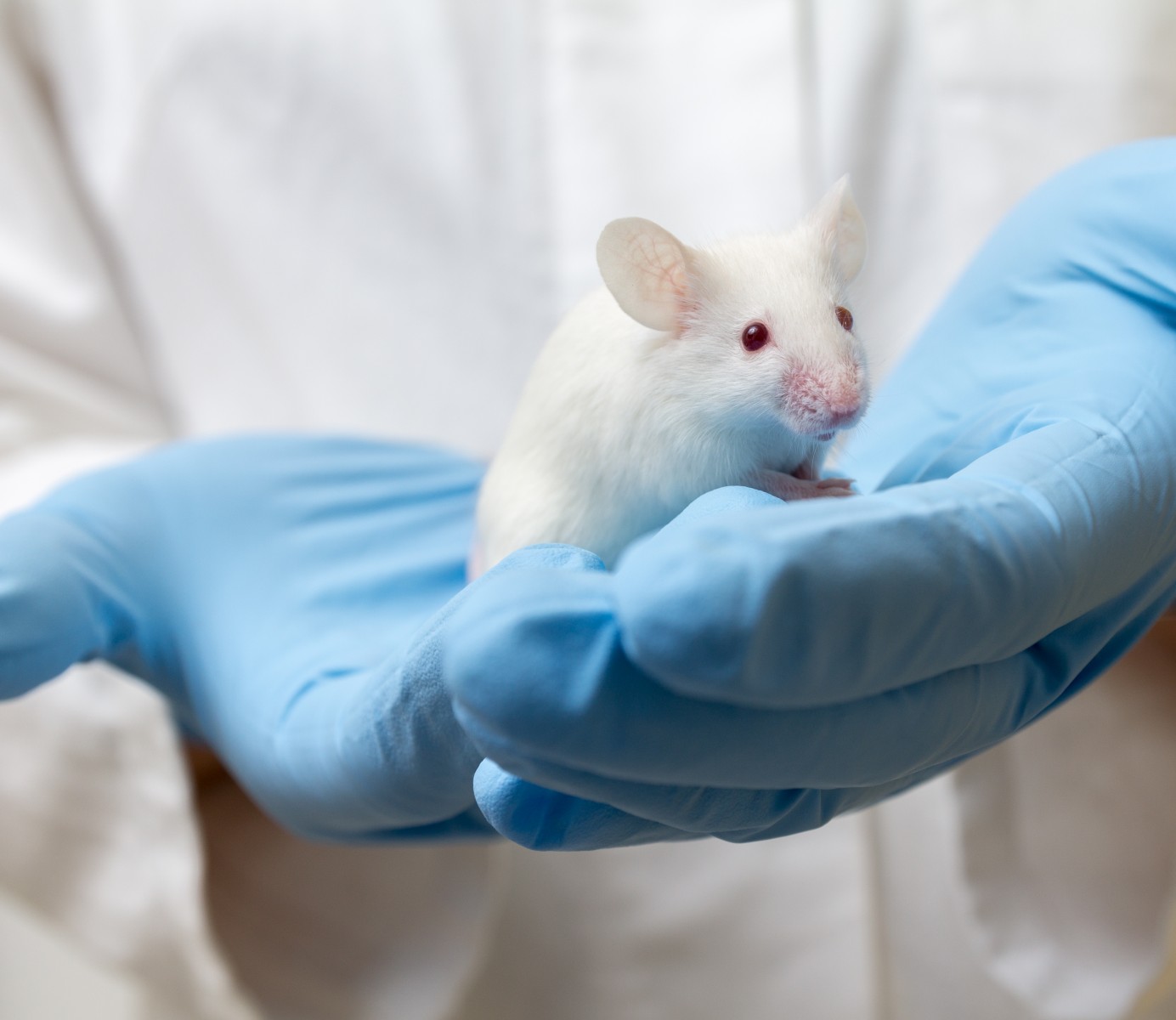Gene Therapy Shows Promise in Mouse Model of Dravet Syndrome

A gene therapy designed to increase the production of a subunit of the defective sodium channel in Dravet syndrome prolonged the survival, lowered seizures, and partially corrected abnormal behaviors in a mouse model of the disease.
The work highlighted not only the potential of this type of genetic approach in treating Dravet syndrome, but also revealed sex differences in survival, symptoms, and treatment-responses in the mouse model.
The study, “Sexually Divergent Mortality and Partial Phenotypic Rescue After Gene Therapy in a Mouse Model of Dravet Syndrome,” was published in the journal Human Gene Therapy.
Dravet syndrome is a rare and severe type of epilepsy with a high risk of sudden unexpected death in epilepsy (SUDEP), which is estimated to cause up to half of deaths in this patient population.
The disease is caused by mutations in one of the two copies of the SCN1A gene in about 80% of the cases. These mutations lead to the production of a nonfunctional alpha subunit of NaV1.1., a sodium channel found on the surface of nerve cells and involved in the transmission of electrical signals in the brain.
Mutations in SCN1B, the gene containing the instructions to produce the beta subunit of NaV1.1, also are reported in Dravet patients. NaV1.1-beta regulates alpha subunits’ functions and trafficking to the cell surface.
While scientists do not fully understand how NaV1.1-associated mutations cause seizures, increasing evidence points to GABA-producing neurons — a type of inhibitory nerve cell that prevents excessive neuronal activity — as the mainly affected cells.
A deficient sodium channel activity in GABAergic neurons is thought to impair the production of inhibitory signals, resulting in the overactivation of the nervous system and the development of seizures.
Gene therapy has the potential to prevent or ease symptoms of Dravet syndrome by correcting the loss of Dravet-associated proteins, such as the alpha and beta subunits of NaV1.1.
ETX101, a gene therapy developed by Encoded Therapeutics to restore the levels of NaV1.1-alpha specifically in GABAergic neurons, is currently progressing toward clinical development for SCN1A-positive Dravet patients.
Researchers now have evaluated the effects of a gene therapy designed to increase the levels of the NaV1.1 beta subunit in GABAergic neurons in a mouse model of Dravet syndrome. These mice carry mutations in the SCN1A gene and their symptoms mimic those seen in Dravet patients.
The team used a modified and harmless version of an adeno-associated virus (AAV) to deliver a copy of the SCN1B gene (AAV-NaVβ1) to cells in newborn mice with SCN1A mutations. AAV-NaVβ1 was injected into the cerebrospinal fluid (the fluid that fills and surrounds the brain and spinal cord) of these mice.
Results showed that compared with healthy mice, diseased mice had lower levels of NaV1.1-beta in certain areas of the brain, which suggested that SCN1A mutations promote a reduction in NaV1.1-beta levels. AAV-NaVβ1 treatment resulted in at least a normalization of these levels.
Moreover, untreated female mice showed a higher susceptibility to SUDEP than untreated males and, while AAV-NaVβ1 treatment prolonged the survival of both, this benefit was more pronounced among females.
The researchers noted that this sex difference in SUDEP’s susceptibility may be associated with a previously reported low level of inhibitory signaling in healthy female mice and rats, shifting the neuronal balance toward overactivation. In the larger epilepsy patient population, there also is a tendency for higher frequency of SUDEP among females.
In contrast, a significant drop in spontaneous seizure frequency after treatment was observed only in male mice. The frequency of heat-induced seizures remained unchanged following treatment, regardless of sex, highlighting that AAV-NaVβ1 treatment “did not reduce the susceptibility of [SCN1A Dravet] mice to heat-induced seizures,” the researchers wrote.
In addition, behavioral analysis in adult mice with SCN1A mutations showed motor hyperactivity and behavioral problems only in males, with the correction of some of these behaviors upon AAV-NaVβ1 therapy.
The presence of abnormal behaviors in males only also was previously reported in another mouse model of Dravet syndrome, the team noted.
“Our findings reveal sex differences in DS [Dravet syndrome] susceptibility to SUDEP, and are the first to demonstrate reduced mortality and partial correction of abnormal behaviors in a mouse model of the disorder using viral vector-mediated gene therapy,” the researchers wrote.
The team hypothesized that AAV-NaVβ1’s benefits in SCN1A-mutated mice may be associated with a normalization of NaV1.1-beta levels, an increase in the trafficking of NaV1.1 subunits to the cell surface, and/or a regulation of Kv4.2, a potassium channel present in nerve cells.
“The therapeutic efficacy of AAV-NaVβ1 in a mouse model of DS suggests a potential new long-lasting biological therapeutic avenue for the treatment of this catastrophic epilepsy,” the researchers wrote, adding that this therapy also could be beneficial for Dravet patients with SCN1B mutations.






